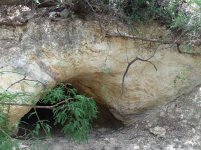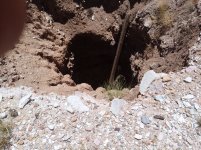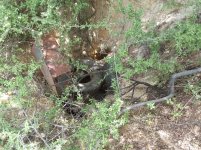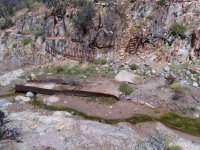StoryWriter85
Greenie
- Aug 20, 2024
- 12
- 12
Hi all! My name’s Ryan and I’m new to this forum. I’m a beginner who knows little about prospecting, and am here to learn. I’m writing a novel set in 1870 about gold prospectors, and want to describe the process accurately—from tracing and digging methods to geology. I’ll probably ask many questions.
My first one is this: when panning yields alluvial deposits, what are typical ways to trace them to their source? For example, I know one way is to search hill slopes alongside the stream for eluvial gold…but how is this done? One source I found says to pan the dirt on the slope, while another says to dig holes. Could somebody explain why a person would dig rather than pan the dirt, or vice versa?
If the gold isn’t sourced at these slopes, how does one find it? Keep panning up river?
My first one is this: when panning yields alluvial deposits, what are typical ways to trace them to their source? For example, I know one way is to search hill slopes alongside the stream for eluvial gold…but how is this done? One source I found says to pan the dirt on the slope, while another says to dig holes. Could somebody explain why a person would dig rather than pan the dirt, or vice versa?
If the gold isn’t sourced at these slopes, how does one find it? Keep panning up river?
Upvote
2












